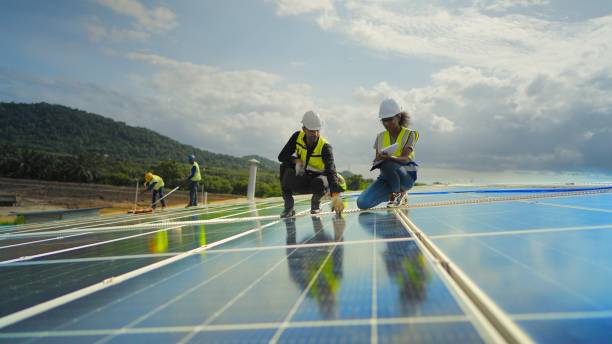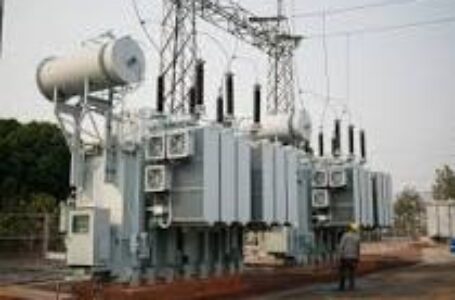Sahara Group Foundation Awards USD 130,000 to 20 African EXTRApreneurs
Renewable Energy Faces a Looming Workforce Crisis

August 16, 2025
The renewable energy sector, despite market growth, faces a significant talent gap across both white-collar and blue-collar positions that threatens its continued expansion.

The labor shortage is exacerbated by a lack of awareness regarding career paths in clean energy and a departure of experienced professionals to other industries.
Concrete solutions to the talent gap include forging strategic alliances with educational institutions, developing Registered Apprenticeship pathways, updating credential requirements, and rethinking recruitment strategies.
Despite a discouraging political climate and unprecedented uncertainty in the United States renewableenergy sector, low costs of wind and solar energy continue to drive growth of the domestic clean energy sector.
However, while market forces continue to support the expansion of renewable energy capacity, the sector faces critical challenges extending beyond the antagonism of the Trump administration.
The continued growth of solar and wind power risks being hampered by several mitigating factors, including (but not limited to) intensifying competition over increasingly scarce suitable land plots, stressed and volatile global supply chains, lengthy and unpredictable development processes, Complex and overlapping permitting processes, and a critical talent gap.

The renewable energy labor shortage has been years in the making, but is no less closer to resolution.
The issue spans both white collar and blue collar positions, and threatens to kneecap progress in the booming sector. Between the years of 2011 and 2030, it is expected that global levels of installed wind and solar capacity will quadruple.
Analysis from McKinsey & Company concludes that “this huge surge in new wind and solar installations will be almost impossible to staff with qualified development and construction employees as well as operations and maintenance workers.”
“It’s unclear where these employees will come from in the future,” the McKinsey report goes on to say.
“There are too few people with specialized and relevant expertise and experience, and too many of them are departing for other companies or other industries.”
The solar and wind industries are suffering from a lack of awareness of career paths and opportunities, despite their well-established presence in domestic markets.

Emergent Renewable energies face an even steeper uphill battle. Geothermal energy, for example, is poised for explosive growth as one of vanishingly few carbon-free energy solutions with broad bipartisan support, but faces a severe talent gap and punishingly low levels of awareness in potential talent pools.
But while the outlook is discouraging, industry insiders argue that it’s too soon to sound the alarms.
In fact, a recent report from Utility Drive contends that “solutions to the energy talent gap are hiding in plain sight.” The article breaks down those solutions into four concrete approaches: building partnerships with educators, formulating Registered Apprenticeship pathways, updating credential requirements to reflect real-world needs, and rethinking stale recruitment strategies.
Targeting strategic alliances with educational institutions is a crucial strategy for creating a skilled workforce, particularly in emerging sectors like geothermal energy.
Businesses can, for example, partner with and sponsor programs at community colleges, creating a pipeline for the next generation of skilled workers.
Apprenticeships serve a similar purpose, encouraging hands-on learning outside of the classroom. Such apprenticeships can apply to white collar positions as well as blue collar roles.
“If we can figure out a way to educate the younger generation that you can actually have a career that you can be proud of and help solve a problem the world is facing, but also work in the extractive industry, I think that could go a long way,” said Jeanine Vany, executive vice president of corporate affairs for Canadian geothermal firm Eavor, speaking about the geothermal energy talent gap.
These approaches won’t solve the talent gap overnight – especially as political developments may discourage would-be jobseekers from placing their bets on a career in the renewables sector. But they will go a long way toward mitigating the issue.
“The clean energy transition depends on a workforce that can sustain it,” reports Utility Drive. “To meet the hiring challenges, employers will benefit from looking beyond the next position to fill and working toward a strategic, industry-wide vision for attracting talent.”
Oilprice.com






